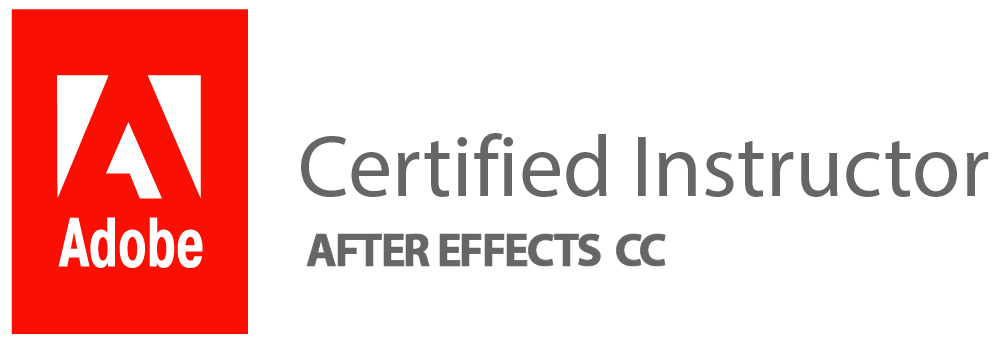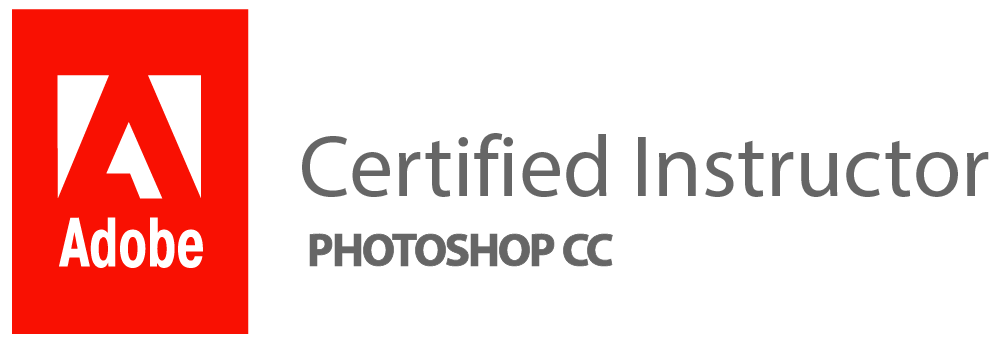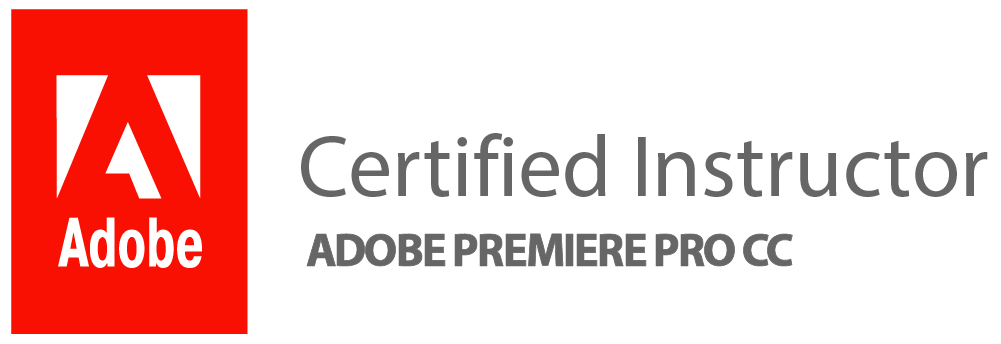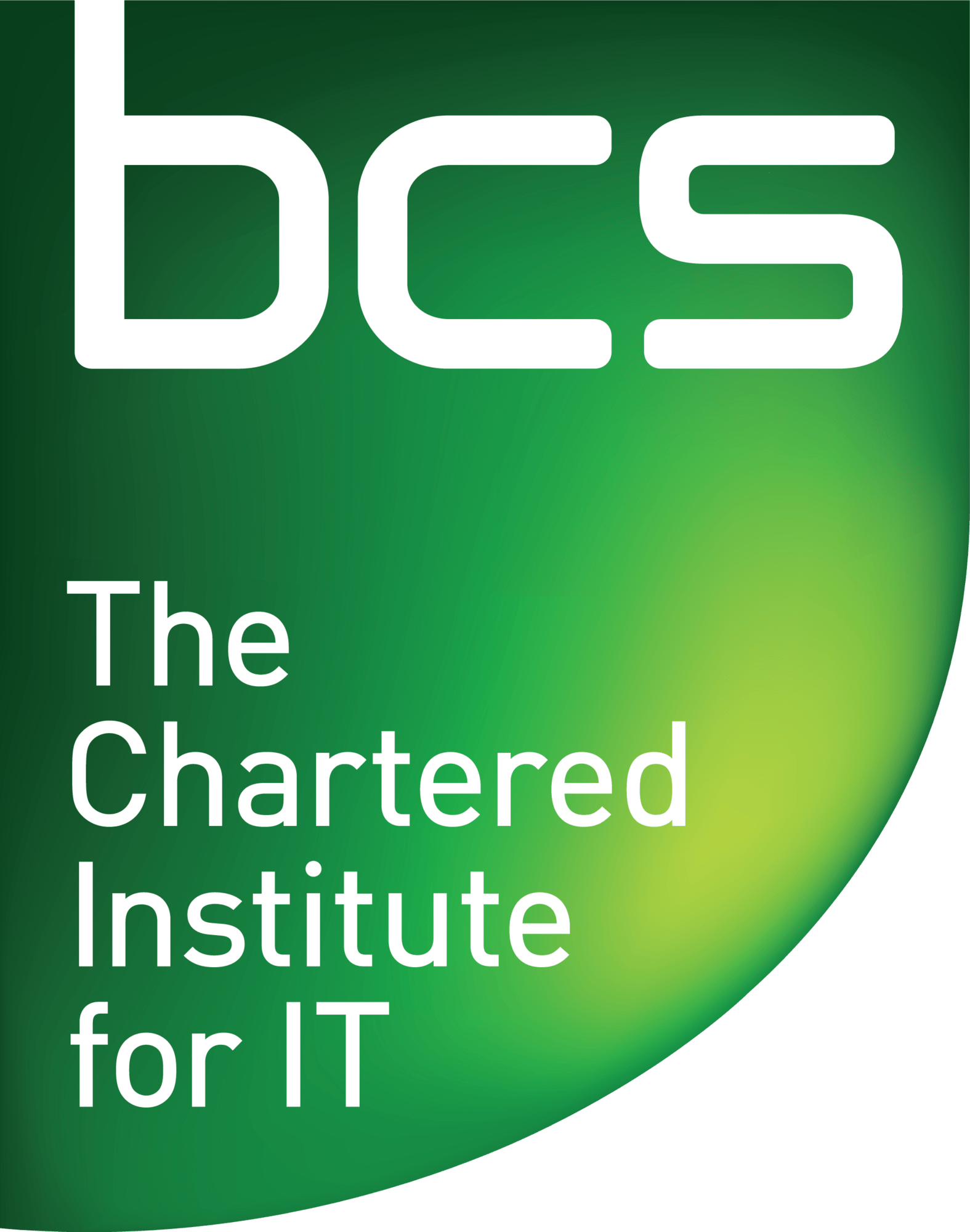What High School Courses Are Needed For Graphic Design?
In a graphic design course, students learn the fundamental principles of design, such as colour theory, typography, and composition. They also learn how to use software programs like Adobe Illustrator and Photoshop to create digital designs. Students are taught how to create logos, posters, brochures, websites, and other visual materials.
Throughout the course, students are encouraged to think creatively and develop their own unique style. They are given assignments that challenge them to apply what they have learned in class by creating designs for real-world clients or scenarios. Students also learn about the history of graphic design and study famous designers who have made significant contributions to the field.
Overall, a graphic design course teaches students how to communicate ideas visually through effective design solutions. It is a combination of technical skills and creativity that allows designers to bring their ideas to life in an impactful way.
The basics: Elements & principles
In a graphic design course, one of the most fundamental topics you will learn about are the elements and principles of design. Elements refer to the basic components that make up a visual design, such as colour, shape, texture, line, and space. These elements can be manipulated in various ways to create different effects and convey different messages.
On the other hand, principles refer to the guidelines or rules governing how these elements should be used to create effective designs. The key principles include balance, contrast, proportion, hierarchy, unity/harmony and emphasis/focal point. Understanding these principles is crucial for creating visually appealing designs that effectively communicate their intended message.
Overall, learning about the elements and principles of design is essential for any aspiring graphic designer as they form the foundation upon which all great designs are built. By mastering them early on in your studies, you will have a solid understanding of what makes good design work and be well on your way towards becoming an accomplished designer yourself.
Graphic design software: Adobe Suite
In a graphic design course, students will often learn how to use various software platforms, including Adobe Suite. This suite includes popular programs such as Photoshop, Illustrator and InDesign. Each program serves a specific purpose in the world of graphic design and can be used to create everything from logos and branding materials to website designs and book layouts.
Photoshop is perhaps the most well-known program in the suite, as it is commonly used for photo editing and manipulation. Students may learn how to use this program to enhance images or create digital artwork from scratch. Illustrator, on the other hand, is ideal for creating vector-based graphics, such as logos or illustrations that need to be resized without losing quality. InDesign is primarily used for layout design of print materials such as books or magazines.
Overall, learning how to effectively utilize Adobe Suite programs is crucial for any aspiring graphic designer. These tools allow designers to bring their creative vision to life and produce professional-quality work that meets the needs of clients or businesses.
Design history & styles
Design history and styles are important aspects of any graphic design course. Studying the evolution of design allows students to understand how it has changed over time and the factors that influenced these changes. From Art Nouveau to Modernism, Bauhaus to Postmodernism, each style represents a unique era with its own set of principles and aesthetics.
Understanding design history also helps designers better appreciate their craft by learning about influential designers who have shaped the industry. They can learn from their successes and failures and apply this knowledge to their own work. Furthermore, knowing the different styles helps designers make informed decisions when creating their own designs for clients or personal projects.
In conclusion, a comprehensive understanding of design history is crucial in any graphic design course as it provides a context for current trends in the industry. It is through studying past movements that we can identify patterns and predict future developments. By immersing themselves in various styles, students can become more well-rounded designers who are capable of creating work that is both visually appealing and meaningful.
Typography & layout design
Typography is one of the key components of graphic design, and it involves the use of typefaces in order to communicate a message. In a graphic design course, students will learn about the history and evolution of typography, as well as how to choose appropriate fonts for different types of projects. They will also learn about typographic hierarchy and how to use spacing and layout techniques to create visually appealing designs.
Layout design is another important aspect of graphic design that students will study in a course. The layout refers to the arrangement of visual elements on a page or screen, including text, images, and other graphics. Students will learn how to create layouts that are both functional and aesthetically pleasing by using elements such as grids, white space, colour schemes, and balance. They will also explore different types of layouts for various mediums, such as print advertising or digital interfaces like websites or mobile apps. Overall, mastering typography & layout design skills is crucial for any aspiring graphic designer looking to create impactful designs that effectively communicate their intended message.
Specializations in graphic design
As one of the most creative fields out there, graphic design has a lot of different specializations to choose from. Depending on what specific area you’re interested in, you may find yourself studying things like typography, web design, branding and identity design, or illustration. Each of these areas requires its own unique set of skills and knowledge, which is why many graphic design courses offer specialized tracks or concentrations.
One popular specialization within graphic design is typography. Typography refers to the art and technique of arranging type in order to make written language legible, readable, and appealing when displayed. This involves understanding different typefaces and fonts as well as their appropriate usage for various mediums, such as print or digital media.
Another common specialization is web design. With more businesses moving online every day, the demand for skilled web designers continues to grow. Students who specialize in this area will learn how to create visually appealing websites that are easy for users to navigate while also incorporating important elements such as search engine optimization (SEO) techniques and responsive design principles that ensure sites look great across all devices, from desktops to smartphones.
Conclusion: Why study graphic design?
In conclusion, studying graphic design can open up a world of opportunities in both artistic and corporate realms. Graphic designers are in high demand as companies seek to create visually stunning marketing materials for their products or services. With the growth of technology and social media, the need for graphic designers is only increasing.
Moreover, studying graphic design equips individuals with skills that are highly transferable across different industries. The ability to communicate visually and solve problems creatively is essential in any profession where visual communication is necessary. Additionally, learning how to use various design software programs can also be applicable in fields such as web development or video editing.
Overall, studying graphic design not only provides a creative outlet but also offers practical career prospects and versatile skills that can be applied across different industries. It’s a great choice for those who have an interest in art and design while also wanting to pursue a lucrative career path.
What Will You Study At Our Graphic Design School?
In our graphic design school, students will be exposed to a wide range of topics pertaining to the field. These include courses in typography, colour theory, layout design, and branding. Students will also gain a strong understanding of software such as Adobe Photoshop, Illustrator, and InDesign.
Throughout the course of their studies, students will have ample opportunities to create projects that showcase their skills and creativity. They can expect to work on projects ranging from designing logos and packaging for products to creating entire marketing campaigns for companies.
Additionally, our graphic design school places an emphasis on keeping up with current trends and best practices in the industry. This means that students will be exposed to emerging technologies and techniques that are shaping the future of graphic design. By the end of their program, students should feel confident in their ability to tackle any project thrown their way.
Design Thinking
One of the key concepts that students learn in a graphic design course is Design Thinking. This approach involves understanding the needs and desires of users and using that information to create solutions to problems or challenges. Design Thinking typically involves several stages, including research, ideation, prototyping, testing, and implementation.
During the research stage of Design Thinking, students learn how to gather information about user needs through techniques such as surveys, interviews, and observation. They then use this data to generate ideas during the ideation stage. In order to test these ideas before implementing them fully, students create prototypes and conduct user testing.
Overall, Design Thinking is a valuable tool for designers because it helps them stay focused on creating solutions that are truly effective for their users. By putting people at the heart of their work, designers can ensure that they are making a positive impact and delivering real value through their designs.
UX UI Training (User Experience & User Interface)
UX UI Training is a critical aspect of Graphic Design that focuses on the design and usability of digital interfaces. It involves designing user interfaces that are easy to navigate, visually appealing, and aligned with user preferences. UX UI designers use a combination of technical skills and creativity to create web and mobile applications that enhance the user experience.
In a typical Graphic Design course, students learn about the principles of design, colour theory, typography, layout design, and branding. However, as technology continues to advance rapidly, UX UI training has become an essential part of graphic design curriculums. Students learn how to develop wireframes, prototypes and conduct usability testing for digital products. They gain knowledge on how users interact with technology devices such as smartphones and tablets.
At the end of their training in UX UI design alongside other graphic design courses offered in school or online platforms, students would have gained a broad range of technical skills necessary for creating intuitive digital interfaces that enhance user experiences. These skills include visual communication techniques and best practices in User Experience (UX) & User Interface (UI) designs, among others.
Adobe Photoshop & Adobe Illustrator & Adobe Indesign
In a graphic design course, students can expect to learn a variety of skills and techniques that will enable them to create visually appealing designs. One of the essential software tools that designers learn is Adobe Photoshop. This software is used for image editing and manipulation, allowing designers to create stunning graphics for print media or digital platforms.
Another critical tool in a graphic design course is Adobe Illustrator. This vector-based software allows designers to create scalable graphics, such as logos and illustrations, that retain their quality when enlarged or reduced in size. The program’s precision drawing tools also make it ideal for creating technical drawings and diagrams.
Adobe InDesign is another essential tool in a graphic design course. It specializes in page layout design, allowing designers to create professional-looking documents such as brochures, magazines, books, and other publications. The program’s advanced typography features also make it ideal for creating beautiful text layouts with precise control over spacing, kerning, and tracking.
Overall, mastering these three Adobe programs is crucial for any aspiring designer looking to become proficient in visual communication through various mediums.
Build Websites: Figma, WordPress, Elementor.
In a graphic design course, students are taught various skills and techniques that are essential for creating visually appealing designs. One of the key aspects of graphic design is website design, which involves creating visual layouts and user interfaces for websites using tools like Figma.
Another important skill that is covered in a graphic design course is web development, specifically using WordPress. This content management system allows designers to create customized websites with ease, complete with interactive elements and responsive features.
Finally, Elementor is another popular tool used in website building within the field of graphic design. It allows designers to create beautiful pages without coding knowledge by providing drag-and-drop functionality and pre-designed templates. Overall, these three tools are essential for any aspiring designer looking to enter the world of web design.
High Demand
In today’s world, graphic design has become an integral part of every business that wants to stand out from the competition. As such, there is a high demand for professionals with skills in graphic design. A graphic design course teaches students how to use visual elements and typography effectively to convey messages visually.
Students in a graphic design course learn about colour theory, composition, and layout techniques. They also learn how to use different software applications, such as Adobe Creative Suite, which is essential for any designer looking to succeed in the field. Additionally, students are taught the principles of branding and marketing through visual communication.
Due to the high demand for skilled designers across various industries, such as advertising agencies and creative studios, graduates of graphic design courses are highly sought after by employers. With this high demand comes diverse employment opportunities ranging from freelance work to full-time positions with established brands or companies. Overall, studying graphic design opens up many exciting career paths for those who have a passion for creativity and communication through visuals.
Multimedia
In a graphic design course, one of the major topics covered is multimedia. This includes understanding the different types of media available such as images, audio, video and animation. Students are taught how to use various software programs to create and edit these forms of media.
The main goal behind learning multimedia in a graphic design course is to help students develop skills that will enable them to create visually appealing designs that communicate effectively with their intended audience. Understanding multimedia also plays an important role in creating responsive designs for websites and mobile applications.
Another important aspect of studying multimedia in a graphic design course is learning about copyright laws related to using various types of media. This knowledge helps students avoid potential legal issues related to using copyrighted material without proper permission or attribution. Overall, mastering multimedia is crucial for any graphic designer looking to create engaging designs across various platforms and mediums.
Motion Graphics & After Effects
Motion graphics is a modern technique that combines graphic design principles with animation to create engaging visuals. Many graphic design courses offer modules on motion graphics, where students learn how to use software such as Adobe After Effects to bring their designs to life. In these modules, students learn about keyframes, timing, and other animation techniques that are essential for creating effective motion graphics.
After Effects is a powerful tool for creating motion graphics as it allows designers to manipulate visual elements in ways that would be impossible with traditional static images or videos. Through the use of keyframes and other animation tools, students can create dynamic transitions between different visual elements, add special effects and text animations, and even create 3D environments. By mastering After Effects, students can take their designs beyond the static realm of print media and into the world of dynamic digital content.
In conclusion, studying motion graphics and After Effects is an important aspect of any graphic design course today. With more and more companies looking for visually engaging digital content to promote their brand or product online, having a strong understanding of these tools can give designers a competitive edge in the job market. Whether you want to work in advertising or multimedia production, learning how to create compelling motion graphics using software like After Effects will be an invaluable skill set throughout your career as a graphic designer.
Digital Illustrations
A vital part of any graphic design course is digital illustrations. Digital illustrations refer to the creation of visual artwork using software or electronic devices such as tablets and computers. This form of illustration has become increasingly popular in recent years, especially with advancements in technology and software.
In a graphic design course, students learn to use various digital tools like Adobe Illustrator, CorelDRAW, and Inkscape to create high-quality digital illustrations. They also learn about colour theory, composition, typography, and other essential elements that make up an excellent illustration. Through practice and experimentation with different styles and techniques, students can develop their unique style in creating digital art.
Digital illustrations are used extensively in advertising campaigns, brand identity designs, book covers, packaging designs, and more. Therefore mastering this aspect of graphic design is critical for any designer who wants to create compelling visuals that communicate effectively with audiences across different platforms.
Why Is A Graphic Designer Portfolio Important?
In a graphic design course, students learn about various aspects of visual communication, such as typography, colour theory, composition, and branding. They also get familiarized with various design software such as Adobe Photoshop, Illustrator, and InDesign. The curriculum is designed to provide students with a strong foundation in the principles of graphic design that they can apply to any project.
However, no matter how much knowledge a student gains from their coursework, it’s essential for them to showcase their skills through a portfolio. A graphic design portfolio is important because it acts as evidence of your creativity and expertise. It helps potential clients or employers understand your style and capabilities by providing examples of your best work. Therefore, building an impressive portfolio is crucial for anyone who wants to start their career in graphic design or take it to the next level.
Branding
One of the most important aspects of graphic design is branding. In a graphic design course, students learn how to create unique and memorable logos, colour palettes, typography, and other visual elements that define a company’s identity. They also study how these elements work together to communicate a brand’s message and values to its target audience.
Students in a graphic design program may also learn about the history of branding and how it has evolved over time. They may study case studies of successful brands and analyze their strategies for creating effective visual identities. Additionally, they may explore new trends in branding, such as minimalist designs or using social media platforms to build brand awareness.
Ultimately, branding is an essential part of any business strategy, and graphic designers play a critical role in creating strong brand identities that resonate with consumers. By studying branding in depth as part of their coursework, students can gain valuable skills that will help them succeed in the competitive world of design.
Graphic Design For Business
In a graphic design course, you will study the fundamentals of design, including colour theory, typography, composition, and layout. These elements are essential for creating effective designs that communicate a message to your audience. You will learn how to use different software programs such as Adobe Photoshop, Illustrator, and InDesign.
Additionally, you will explore various styles and approaches to design so that you can develop your own unique aesthetic. You will also learn about branding and marketing strategies that can help businesses create a cohesive visual identity across all their materials. This includes everything from logos and websites to business cards and packaging.
Overall, studying graphic design provides an excellent foundation for anyone interested in pursuing a career in creative fields such as advertising or marketing. By learning the principles of good design and gaining proficiency in industry-standard software programs, students can become well-rounded professionals prepared to tackle any project that comes their way.
Designing Posts For Social Media
In a graphic design course, students learn the fundamental principles of design, including colour theory, typography, composition and layout. They also explore digital tools and software such as Adobe Photoshop and Illustrator to create visual designs for various mediums, including print, web, social media platforms and more.
When it comes to designing posts for social media, students in graphic design courses are often taught how to create visually captivating graphics that will catch the attention of potential customers or followers. They learn how to use different elements such as colours, fonts and images effectively in order to communicate their message clearly. They also learn about the importance of branding consistency across all social media platforms by creating a unified look that reflects the company’s brand identity. Additionally, they are taught how to optimize their designs for each platform’s specific dimensions so that they display properly on any device.
Design Apps And Websites
In a graphic design course, students are taught various skills and techniques required to create visually appealing designs for various mediums such as print, digital media, and advertising. The course starts with learning the basics of typography, colour theory, composition, and layout design. Students are also introduced to different software applications like Adobe Illustrator, Photoshop, and InDesign that help in creating professional designs.
Apart from technical skills, a graphic design course also focuses on developing creative thinking abilities through brainstorming sessions and group projects. Students learn to analyze client needs and create effective visual communication strategies according to their requirements. They are also taught about branding principles and how to apply them across various mediums.
Overall, a graphic design course equips students with the necessary skills to become proficient designers capable of designing websites or mobile apps that are not only aesthetically pleasing but also intuitive in terms of navigation and user experience. These courses help prepare individuals for successful careers in the field of graphic design by providing them with a strong foundation in both theoretical knowledge and practical application.
Study Visual Communication
In a graphic design course, one of the subjects that will be covered is visual communication. This subject teaches students how to communicate their message through visual means such as images, typography, and other graphic elements. Students will learn about the principles of design and how to apply them in their work. They will also explore different mediums, such as print, digital, and motion graphics.
Visual communication is essential in graphic design because it helps designers convey their ideas effectively to their target audience. By learning about colour theory, layout design, typography hierarchy, and image composition, students can create designs that are visually appealing and easy to understand. Through hands-on projects, they can develop skills in creating logos, posters, brochures, website layouts and more.
Overall studying visual communication is crucial for anyone who wants to become a successful graphic designer. It equips students with the necessary skills needed to communicate ideas visually while being creative at the same time. The goal is always to create designs that are aesthetically pleasing but also serve a purpose, communicating clearly with an intended audience what needs to be conveyed.
Visual Communication UI UX
In a graphic design course, students learn about various aspects of visual communication, including UI and UX design. User Interface (UI) design focuses on the look and feel of an application or website. It is concerned with how users interact with the interface and aim to create interfaces that are visually appealing, intuitive, and easy to use.
User Experience (UX) design takes into consideration the user’s entire experience with a product or service. This includes usability testing, wireframing, prototyping, and user research. The goal of UX design is to provide an enjoyable and seamless experience for users while achieving business goals.
As part of their coursework in visual communication, students also learn about typography, layout design, colour theory, branding and identity design to create cohesive designs that effectively communicate a message. They are trained in using various software tools such as Adobe Photoshop and Illustrator to create digital designs that can be used across different mediums, including web pages or print materials like brochures or posters. Overall a Graphic Design course provides students with the skills they need for designing effective visual communication products through the lens of UI/UX principles.
Visual Communication Vs Graphic Design
In a graphic design course, students learn about the principles of visual communication and how to apply them in their designs. Visual communication involves using images, colours, typography, and other design elements to convey a message or idea. It is important for designers to understand how these elements work together to create effective visual communication.
Graphic design, on the other hand, focuses specifically on creating designs for print or digital media. This includes designing logos, advertisements, websites, packaging, and more. While visual communication is an important aspect of graphic design, it is just one piece of the puzzle.
Overall, while there are similarities between visual communication and graphic design courses, they each have their own unique areas of focus and require different skill sets from students. Both are essential in creating successful designs that effectively communicate with audiences in various mediums.
Opportunities For Working With Clients Remotely As A Graphics Designer
As a graphics designer, there are several opportunities for working with clients remotely. One of the most common ways is through online platforms such as Upwork, Fiverr, and Freelancer. These platforms allow designers to create their profiles and offer their services to clients from all over the world.
Another opportunity is through social media platforms like LinkedIn and Instagram. By creating a strong online presence, designers can attract potential clients who are seeking graphic design services. They can showcase their portfolio on these platforms and engage with potential clients by sharing relevant content.
Lastly, some companies have shifted to remote work due to the pandemic, which has opened up new opportunities for graphic designers to work with clients remotely. This has allowed designers to expand their client base beyond their local area and collaborate with people from different parts of the world. Overall, there are various opportunities available for graphic designers to work remotely with clients, which provides flexibility and convenience in terms of location and schedule.
Conclusion:
In conclusion, a graphic design course is an excellent option for those looking to pursue a career in the creative field. The course provides all the necessary skills and knowledge required to become a successful graphic designer. It covers various topics such as typography, image editing, layout design, colour theory, etc., which are essential for creating visually appealing designs that effectively convey the intended message.
Moreover, graphic design courses equip students with critical thinking and problem-solving abilities that come in handy while working on real-life projects. They also enable students to develop their creativity and artistic skills by encouraging them to experiment with different techniques and tools. Overall, a graphic design course is an investment in one’s future career as it opens up doors to various opportunities across multiple industries ranging from advertising agencies to web development firms.











